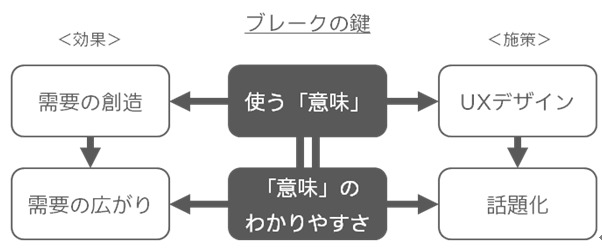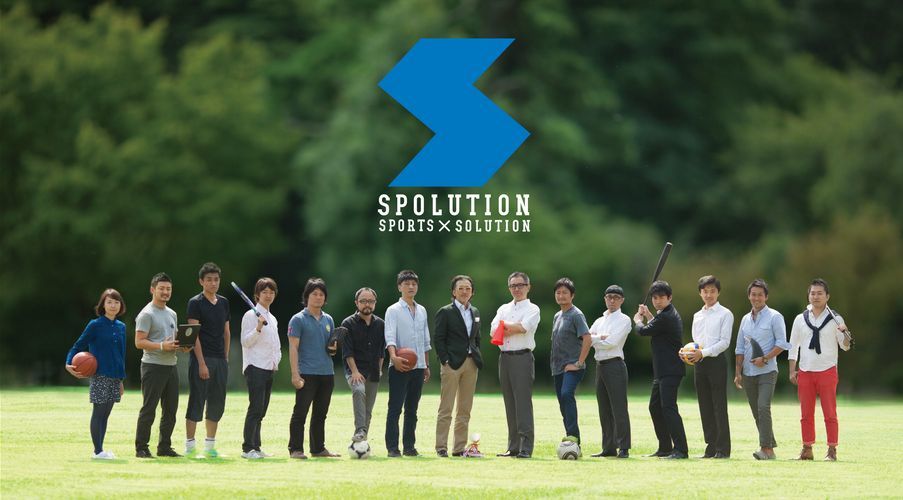The SPOLUTION team is a solution unit attempting to create new business opportunities by viewing sports content not just as media slots, but also as solutions. Team members will introduce future sports-related business opportunities from their respective perspectives in a relay column format.
My name is Yoshikazu Noguchi from the SPOLUTION team. I'm the oldest guy in the group, but I'd like to talk about [Sports × Wearables] over two installments.
<This Content>
(1) Will Wearables Change Our Lives?!
(2) [Sports × Wearables]... SO WHAT?
(1) Can Wearables Change Our Lives?!
According to a think tank's forecast, by 2016, the market size for smartwatches will reach 100 million units, and for smart glasses, 10 million units.
Yano Research Institute "Survey Results on Smart Glasses and Smartwatches 2013"
However, the wearable market extends far beyond just these two items, encompassing a much broader ecosystem.
How should I put it? It's going to change everyone's lives.
When smartphones became widespread, everyone's lives changed. How people spent time on trains, how they communicated at work, how they chatted and shared topics—all changed.
Business opportunities lie within these "changes in daily life."
Products that capture the shift toward "wearable living"—or even better, products that actively lead this change—will sell well.
(2) 【Sports × Wearables】... SO WHAT?
Now, let's look at [Sports × Wearables].
When sports are involved, even topics about geeky technology instantly become bright and accessible.
Sweating during sports naturally brings a smile to your face, sports topics are something almost everyone can relate to, and the sight of someone mastering technology to enhance their sports performance is incredibly cool.
This world of possibilities is rapidly giving birth to various products and services. Let me introduce a few.
Nike's FuelBand won the Grand Prix at the 2012 Cannes Lions. It became quite a talking point among enthusiasts, and the number of people casually wearing one has grown significantly.
Under Armour's concept video captivatingly depicts this near-future vision of sports meets wearables.
Products that measure movement using three-axis sensors, accurately track workouts with GPS, monitor heart rate, and even analyze brain waves are rapidly emerging.
Meanwhile, interfaces that interpret hand and body movements to operate devices are also rapidly developing. Think of the technology from the movie "Minority Report" – information dynamically changes based on gestures like pointing or waving.
As sensing accuracy improves, it becomes possible to measure the speed and precision of various movements during sports. Efforts to enhance performance by detailed sensing, recording, and analyzing actions like running, jumping, swimming, and more are increasingly being adopted in top-level sports settings.
Devices for general amateur athletes have also emerged. Attaching Sony's "Smart Tennis Sensor" to a tennis racket grip reveals shot speed and accuracy. Attaching Epson's golf swing analyzer to a golf club shows the swing arc trajectory and impact speed and angle.
Each of these devices is truly remarkable.
Introducing these will definitely change your "training."
It will create a very different training scene compared to training while holding a stopwatch and checking your pulse on your wrist.
Plus, as gadgets, they're incredibly appealing. People who own them look really cool.
In fact, many fashion brands are stepping up to collaborate in the wearable device market. This is because a new "style" is emerging—the style of wearing these kinds of gadgets.
But SO WHAT?
Will introducing such devices actually change our "lives"?
Have we truly reached the point of "changing our lives"?
Only techies are drawn to the allure of novel technology.
Only novelty seekers jump on the latest fashions.
In contrast, what creates major business opportunities is changing life.
In the early days of wearables, countless products and services will flood the market.
But only a select few will achieve major breakthroughs and seize significant business opportunities.
I've been thinking about what the key is to creating that breakthrough.
(3) Considering the Key to Breakthrough
The "Sporolution" team believes the key to transforming lives and creating major business opportunities lies in the combination of "UX design and creating buzz."
"UX (User Experience)" encompasses the entire feeling of using something and everything that happens there.
"Viral momentum" means designing something so that it doesn't just appeal to a niche group of enthusiasts, but captures the interest and affection of a large audience.
No matter how amazing the technology or how high-quality the materials, if the experience (UX) doesn't make people think, "I'm glad I tried this," it won't become something they want.
And no matter how good the UX is, if it can't effectively communicate its strengths, it won't break through.
It's simple: products that deliver a "I'm glad I tried this" experience (UX) and are also easy to talk about—like "It was great in this way"—are the ones that hit big.
The key to breaking through is "meaning."
If there's no "meaning" to using it, there's no demand.
If the "meaning" of using it isn't clear, demand won't spread.
And making the "meaning" of using it in daily life clear to the user is precisely what "UX design" is about. Putting that "meaning" into easy-to-understand words and context is what creates "buzz."
Clearly defining a "meaning" that is easy to understand and easy to bring up in conversation—in other words, easy to turn into a talking point—and then designing the user experience (UX) itself, including the user interface, working backwards from that. I believe that is how you create hits in this era of the web and social media.
Starting from "technology" or "specs" won't work. It inevitably becomes "SO WHAT?"
You should start with the "meaning" for the user.

Next time, I'll explain with examples.
(To be continued)
★What is the "Sporolution" Team?
It is an internal unit within Dentsu Inc. that approaches sports content not merely as "media assets," but as "solutions" to address business challenges and project issues, and plans accordingly.
The team brings together diverse talents including strategic planners, promotion planners, copywriters, art directors, technologists, consultants, and producers, all with extensive experience in sports planning. Through our Solution Director system, we provide not just "ideas for expression," but also "ideas for solutions" in a one-stop service.



